The last two lectures on The Ego Online and The Network Society have inspired this blog post. As the lecture discussed, the idea of the Face Book was a physical book storing the face and name of those in your “circle.” While Mark Zuckerberg’s FaceBook application originally intended this, Facebook has since expanded its purpose and encourages users to broaden the circle of “friends” through the app. The number of our “friends” has grown to the hundreds or, for some, even thousands. Whether they be friends of friends, cousins of friends, family friends, or even that one person you met at a networking event and never spoke to afterward, most of these individuals we “know” but don’t really know. Your once intimate circle has now become a grand collective space filled with others’ online existence.
This same concept applies to Instagram. Users strive to gather the most followers. Why do we want this attention? And why is it better to “know” more people? The strive for internet popularity transforms into the want for more interactions with our posts. We don’t know most of our followers on an individual level, yet we strive to please them with our posts in exchange for their likes, comments, and shares. So how does all of this have an affect on our mental health? Do we post differently just to please others?
In order to receive the highest number of interactions with their posts, users purposefully post what they think their followers would like to see, rather than curating their page to satisfy their own wants. A contemporary example of this are the various social media accounts of Kim Kardashian. In order to secure hundreds of thousands of likes, she posts pictures in seductive positions wearing the absolute minimal amount of clothing. Another example are TikTok stars such as Addison Rae or Noah Beck. Addison posts bikini photographs while Noah poses topless for multiple images on his feed. Both stars purposefully post these types of sultry photographs to garner more attention for their posts. The more controversial the post, the more likes, comments, and shares it will receive. This type of behaviour is rewarded through third-party sponsorships on their subsequent post(s).
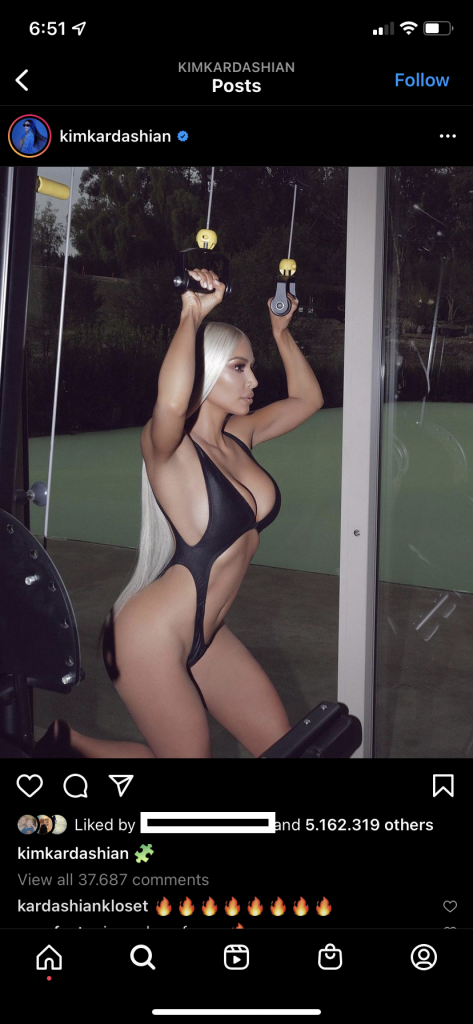
Screenshot from Kim Kardashians’s Instagram. 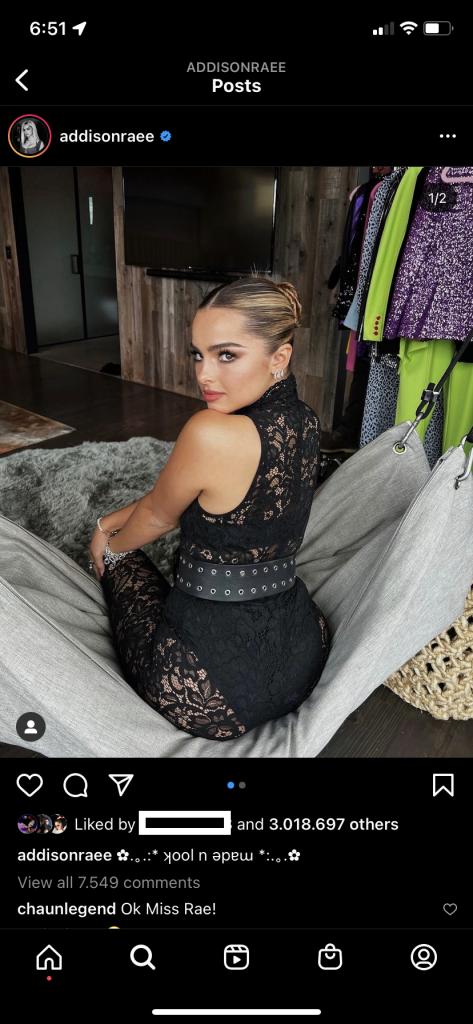
Screenshot from Addison Rae’s Instagram. 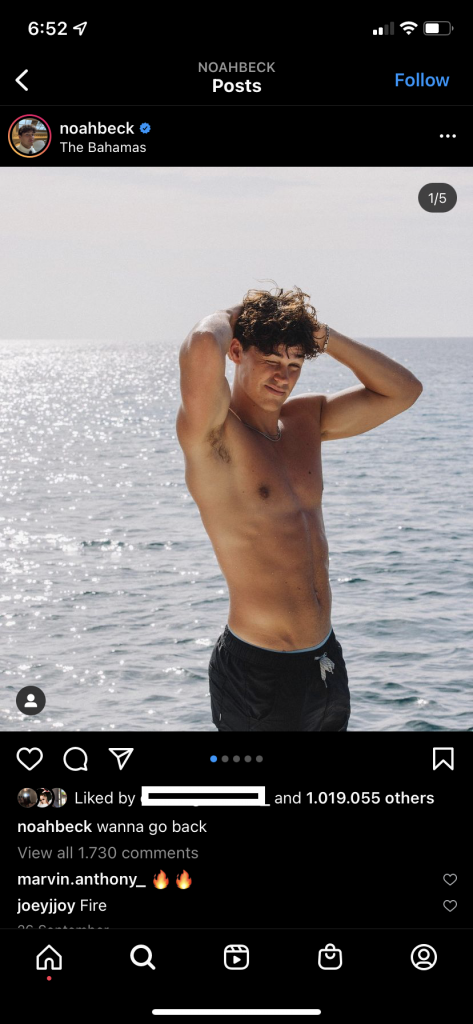
Screenshot from Noah Beck’s Instagram.
Posting to please a given audience had such a large impact on Instagram users’ mental health that Instagram decided to get involved in an attempt to resolve the issue. For a short period of time, Instagram permitted users in multiple countries to publicly hide their like count, while retaining the creator’s ability to see the number of users who liked their post. Rather than users posting what they think others would want to see, creating this online persona or so called “second life” on the internet, users were now able to curate their pages the way they wished. The stress of visible post interactions was gone! Experiencing this first hand and through watching Tik Tok videos on others’ experiences, it was clear that people completely revamped their pages and were very happy with the results. To this day Instagram makes the “hide like count” option available in almost every country and many users decided to keep their likes hidden. Although this does not solve the stress that accompanies social media, it sure does ease the pressure of posting.
So how can we better Instagram to make it a safe place of free will posting? Should Instagram remove the like count entirely? How will this affect influencers’ businesses? How will this affect everyday users’ mental health?

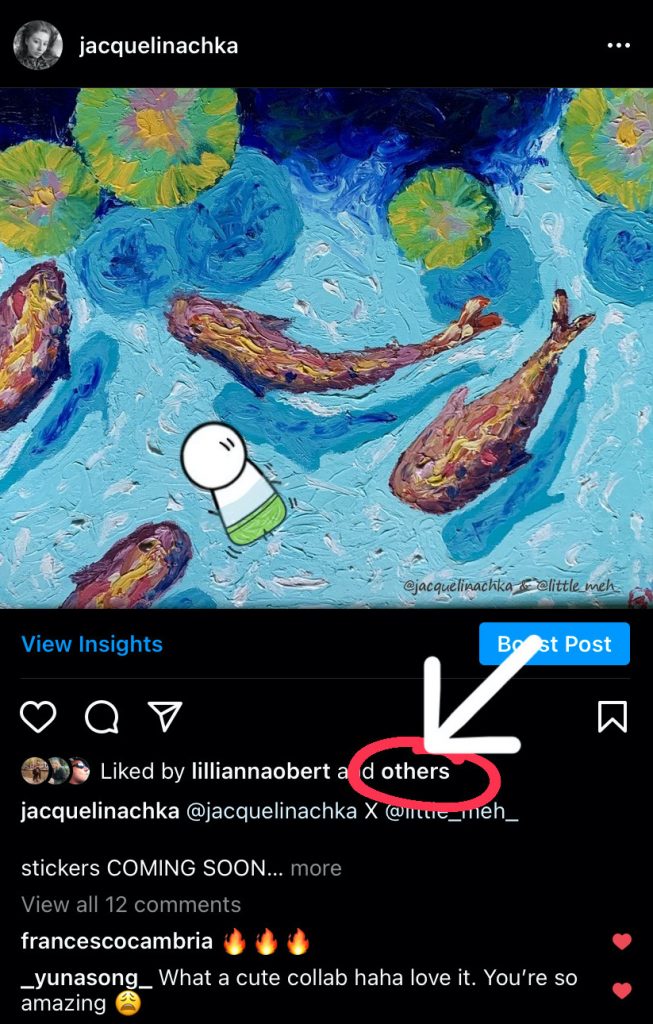
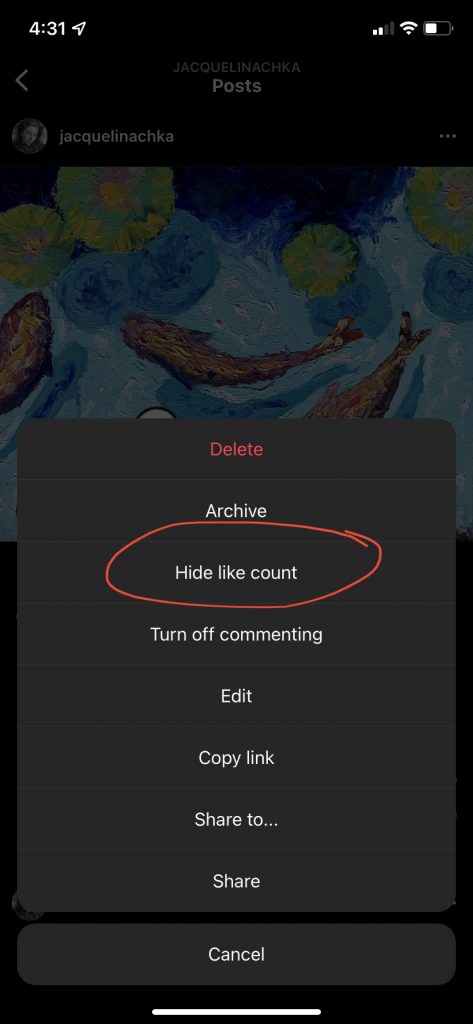

1 Response
[…] Mental health vs social media: How do reactions to our posts trigger our feelings? […]